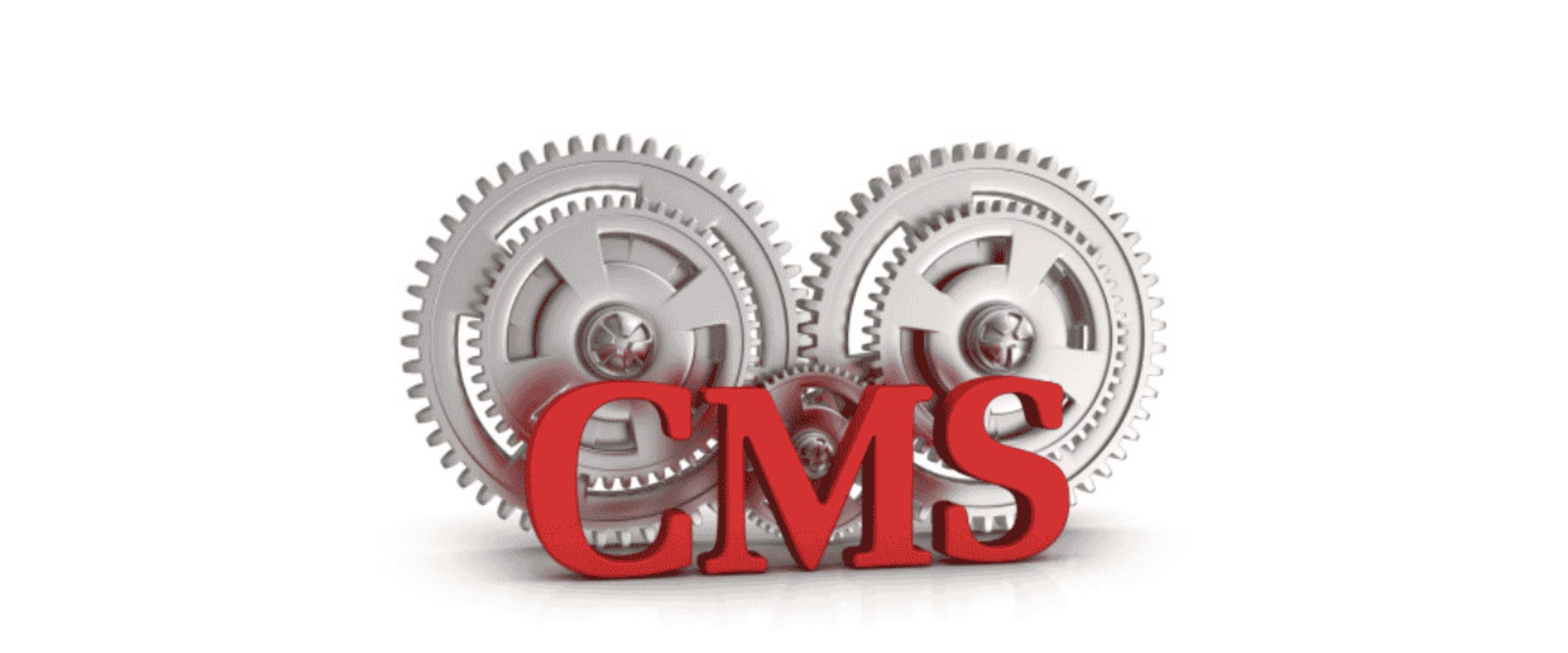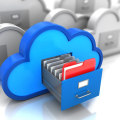Content management systems (CMS) are an essential tool for any business looking to create a website or online store. They provide the foundation for creating, managing, and optimizing content on your website, allowing you to make changes quickly and efficiently. In this article, we'll discuss what content management systems are, how they work, and how you can use them to maximize the effectiveness of your online presence. A Content Management System (CMS) is a powerful tool that enables you to easily create, manage, and publish content for an online store or website. There are a variety of different types of CMSs available, each with their own features and benefits.
Popular CMSs include WordPress, Joomla, and Drupal. The features offered by CMSs include flexibility, scalability, improved search engine optimization, and cost savings. However, there are some potential drawbacks to using a CMS such as security risks and lack of control over the design of the website or store. When it comes to the different types of CMSs available, you have the option of using an open source CMS, a hosted CMS, or a proprietary CMS. Open source CMSs are free and open-source, meaning they are developed collaboratively and made freely available to everyone.
Hosted CMSs are those that are hosted by a third-party provider such as WordPress.com. Proprietary CMSs are those that are owned and maintained by a single entity. When choosing the right CMS for your online store or website, there are several factors to consider. These include features, ease of use, cost, scalability, security, and support. Features refer to the various tools and capabilities of the CMS such as page and post creation, image and video embedding, menu creation, plugin and theme usage, and so on.
Ease of use refers to how easy it is to learn and use the CMS. Cost refers to the cost associated with using the CMS such as hosting fees and licensing fees. Scalability refers to how easily the CMS can be scaled up or down depending on your needs. Security refers to how secure the CMS is in terms of preventing potential threats such as hacking attempts.
Finally, support refers to the level of customer support offered by the CMS provider. Once you have chosen the right CMS for your website or store, it is important to install and set up the CMS correctly. This involves uploading the files to your hosting account and setting up a database. Depending on the type of CMS you are using, there may be additional steps required such as setting up a domain name or creating an account with a hosting provider. It is also important to choose a reliable hosting provider as this will ensure that your site runs smoothly and without any problems. Using a CMS to create content is relatively straightforward.
Most CMSs provide tools for creating pages and posts, adding images and videos, creating menus, using plugins and themes, and more. It is also important to maintain your CMS in order to ensure that it runs smoothly and is secure from potential threats. In conclusion, a Content Management System (CMS) is a powerful tool that enables you to easily create, manage, and publish content for an online store or website. There are many different types of CMSs available each with their own features and benefits. When selecting the right CMS for your website or store it is important to consider features, ease of use, cost, scalability, security, and support.
Once installed and set up correctly, a CMS can provide flexibility, scalability, improved search engine optimization, and cost savings while also helping reduce potential security risks.
How to Choose the Right CMS
Choosing the right content management system (CMS) for your online store or website can be a daunting task, as there are many options available. Here are some tips to help you make the right choice for your business:Research Your OptionsBefore making any decisions, it is important to do your research. Consider the features and functionality offered by each CMS, as well as how easy it is to use. Look at what other businesses in your industry are using, and read reviews from users to get an idea of how satisfied they are with the CMS.Consider Your Needs
Think about what you want your website to do and what features you need.Do you need a CMS that can handle e-commerce transactions? Do you need a CMS with a built-in blog or other content management tools? Make sure to consider your needs before making a decision.
Test Before You Buy
Many CMSs offer free trials or demos so you can test out the software before buying. This is a great way to get a feel for how the CMS works and to make sure it meets your needs. You can also ask friends or colleagues who have used the software for their feedback.Look for Flexibility
When choosing a CMS, look for one that offers flexibility in terms of design and customization. You should be able to easily adjust the look and feel of your website without having to hire a developer.Additionally, make sure the CMS you choose is compatible with other software and services you may be using.
Check for Support
Make sure the CMS you choose has good customer support. Check out the company's website and contact them with any questions you may have. It's also a good idea to look for online forums and tutorials that can help you if you run into any issues.Types of Content Management Systems (CMS)
Content Management Systems (CMS) come in a variety of types, such as open source, hosted, and proprietary. Open source CMSs are free to use and are usually developed by an active community.These systems allow users to customize the code and modify the software as needed for their specific requirements. Hosted CMSs are managed by a third-party provider and require a subscription fee. These systems are easy to use and can be set up quickly without needing any technical expertise. Proprietary CMSs are owned by a single company and are typically more expensive than other CMSs.
They offer more features and customization options, but may not be as flexible as open source or hosted CMSs. No matter which type of CMS you choose, they all provide users with a powerful platform to create, manage, and publish content for their online store or website. Each type offers different features and benefits, so it’s important to consider your needs before deciding which one is right for you.
Installing & Setting Up a CMS
Installing a content management system (CMS) for your website or store is a relatively straightforward process.Depending on the type of CMS you use, the process may be as simple as downloading an application and uploading it to your server, or it may involve more complex steps such as creating a database and configuring the server settings. The exact installation process will depend on the CMS you choose. However, most CMSs have a few basic steps in common. First, you will need to download the software, either from the official website or from a third-party provider.
Once you have downloaded the software, you will need to upload it to your server. You may also need to create a database for your CMS and configure the server settings. Finally, you can begin the installation process by running the appropriate setup program.
Setting Up
a CMS is typically straightforward and can be done with minimal technical knowledge.After the initial installation is complete, you will need to configure the CMS settings to suit your needs. This can involve creating users, setting up content types and setting up permissions. You may also want to set up plugins and themes for your CMS. Once your CMS is configured, you can begin creating content and managing your website or store.
Maintaining Your CMS
Maintaining a content management system (CMS) is essential to ensuring that it is running smoothly and securely.In order to maintain a CMS, there are several steps that need to be taken, such as regularly updating the software and plugins, keeping an eye out for potential threats, and making sure that the website is properly backed up. One of the most important steps for maintaining a CMS is regularly updating the software and plugins. Keeping all of the software and plugins up-to-date is essential for making sure that the website runs smoothly and that any security vulnerabilities are patched. It is also important to be on the lookout for any new plugins that can be used to enhance the functionality of the website.
Another important step for maintaining a CMS is keeping an eye out for potential security threats. It is important to keep track of any suspicious activity on the website, such as unusual login attempts or malicious code being injected into the site. If any potential threats are identified, it is important to take immediate action to address them. Finally, it is important to make sure that the website is properly backed up.
This ensures that if something goes wrong with the website, the data can be quickly restored from a backup. Backing up the website regularly also ensures that any changes made to the website can be easily reverted if necessary. Maintaining a CMS can seem like a daunting task, but it is essential for making sure that the website runs smoothly and securely. By regularly updating the software and plugins, keeping an eye out for potential threats, and making sure that the website is properly backed up, you can ensure that your CMS is always running smoothly.
Creating & Managing Content with a CMS
Content management systems (CMS) are an invaluable tool for creating and managing content on your website or online store.With a CMS, you can easily create, edit, and publish content without the need for coding knowledge. Plus, you can manage multiple users who can access different parts of your site and create content for you. When it comes to creating and managing content with a CMS, there are several steps involved. First, you will need to create the content itself, which may include text, images, videos, or any other type of media. Once the content is created, you will need to add it to your CMS and organize it in a way that makes sense.
This may involve setting up categories, tags, and other organizational structures. Once the content is organized, you can then start managing it. This may involve setting up permissions for different users, so they can only access certain parts of the site. You can also set up revisions so that multiple users can work on the same content at the same time. Additionally, you can set up automated publishing schedules so that content is published at the right times. Finally, you can use analytics tools to track the performance of your content.
This will help you understand which pieces of content are performing well and which ones need to be improved. With this data, you can then make changes to ensure that all of your content is optimized for maximum impact. Content management systems are powerful tools that allow you to easily create, manage, and publish content for your website or online store. By following these steps, you can ensure that your content is organized and managed effectively. Content Management Systems (CMS) are powerful tools that allow you to easily create, manage, and publish content for your online store or website. Different types of CMSs have their own unique features and benefits that allow users to customize their website to meet their needs.
When selecting a CMS, it is important to consider the different features available, such as ease of use, scalability, security, and flexibility. Once you have selected a CMS, you will need to install and set up the platform, create and manage content, and maintain the CMS. Ultimately, CMSs can be a great tool for those looking to create an online store or website and make sure content is kept up-to-date and organized.







